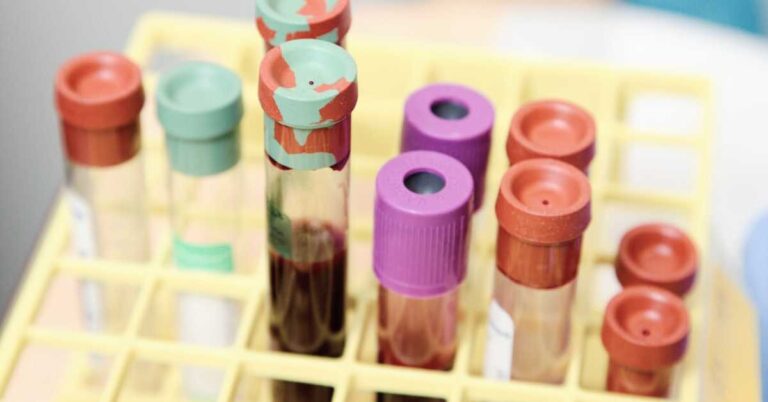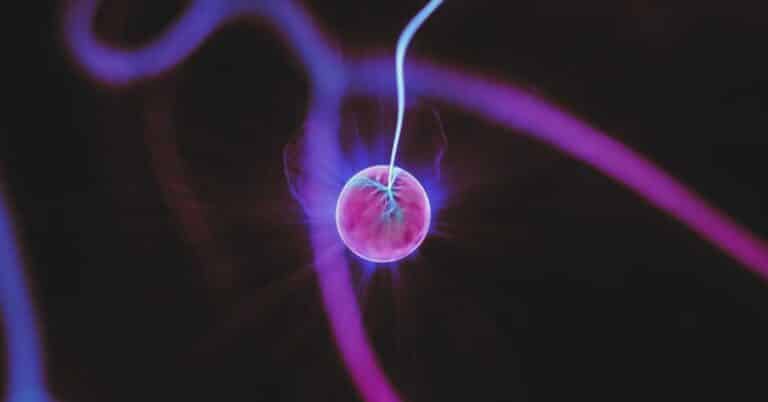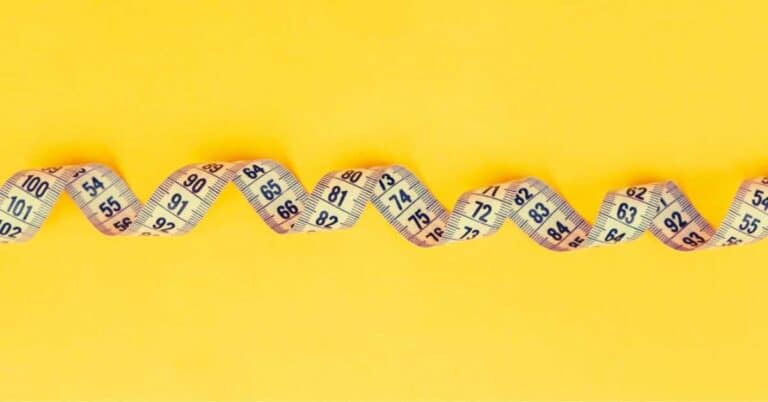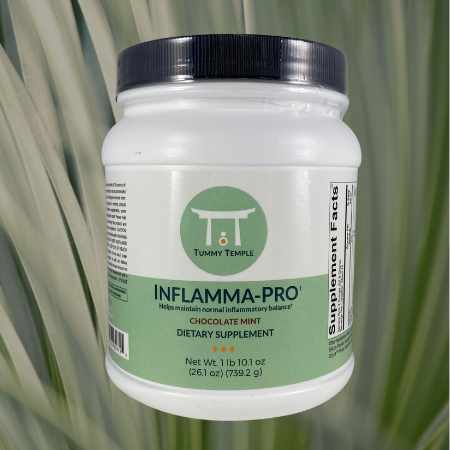Naturopathic Medicine for Today's Natural Lifestyle
Experience our award-winning Naturopathic Medicine & Spa services and customized supplements for your journey toward optimum natural health.




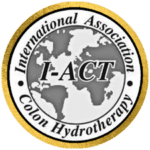



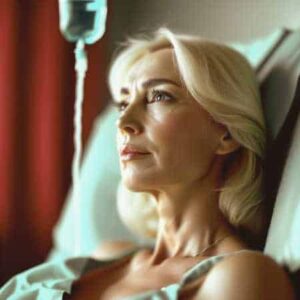
- Naturopathic Services
We are a full-service Naturopathic Medical Center serving the communities of Greater Seattle and Olympia.
- Therapeutic Bodywork
We are an award-winning MedSpa offering the highest quality therapeutic bodywork in Western Washington.
- IV Therapies
Our nutrient IV Therapies are crafted and administered by naturopathic doctors in our comfortable IV Lounge.
Naturopathic Services
Everything from consultations and blood draws, to bodywork and hormone replacement therapies, and much more.
Therapeutic Bodywork
Our select staff provides massage therapies, colon hydrotherapy, electro-lymphatic drainage and more.
Nutrient IV Therapies
Our expert team of naturopathic doctors collaborate to craft our curated line of the highest quality, most nutritious IV therapies available.
What Others are Saying
Conditions We Treat
Autoimmune Disorders
- Autoimmune Diseases
- Celiac Disease
- Hashimoto’s
- Eczema and Psoriasis
- Fibromyalgia
- Inflammatory Bowel Disease (Crohn’s, Colitis)
- Multiple Sclerosis
- Rheumatoid Arthritis
- Systemic Lupus Erythematosus
- Type 1 Diabetes
Digestive Disorders
- Constipation
- Diarrhea
- Dysbiosis
- GERD/Reflux
- Indigestion
- Irritable Bowel Syndrome (IBS)
- SIBO
Endocrine Disorders
- Diabetes
- Hormone Imbalance
- Insulin Resistance
- Menopause, Infertility, PCOS, PMS
- Thyroid and Adrenal Disorders
Mental Health
- Depression and Anxiety
- Stress Management
- Sleep/Insomnia
Neurological Disorders
- Fibromyalgia
- Migraines and Headaches
- Tinnitus
Pain and Inflammation
- Arthritis
- Chronic Pain
- Fibromyalgia
- Inflammatory Bowel Disease (Crohn’s, Colitis)
- Irritable Bowel Syndrome (IBS)
- Migraines and Headaches
- Osteoporosis
- Rheumatoid Arthritis
- Surgical Scar Recovery
Other
- Asthma
- Chronic Fatigue
- Chronic Sinusitis
- Detoxification
- Environmental and Food Allergies
- Food Sensitivities
- Healthy Aging
- Healthy Weight and Metabolism
- Heart Health
- Heavy Metal Toxicity
- Lymphedema
- Menses Pain and Discomfort
- Mycotoxins and Mold
- Obesity
- Postpartum Recovery
How to Get Started

Speak to a Care Coordinator by Phone
Schedule a visit by phone and get answers to your questions
Self-Schedule with Easy Online Booking
In 5 easy-to-follow steps
Send Us an Email
* All fields required
Our Top Selling Products
Diju is our top selling product and the most effective natural stool softener available.
Smooth Passage improves regularity while naturally toning the muscles of the intestines.
InflammaPro addresses immune challenges and restores normal inflammatory balance.
Membership Programs, Packages & Gift Cards
Call (206) 729-6211 to purchase memberships and packages
Bodywork Package $405
Mix and match to your needs with this package of 3 sessions. Choose from Lymphatic Drainage, Colon Hydrotherapy, Massage Therapy, and Craniosacral Therapy.
Additional fees may apply.
ND Bodywork Package $513
Mix and match to your needs with this package of 3 sessions. Choose from Lymphatic Drainage, Colon Hydrotherapy, and Craniosacral Therapy.
Tummy Temple Memberships are for all who are dedicated to striving towards a healthy lifestyle. Our Memberships make it easy for you to access to quality professional services and products, keeping you on track to achieving your optimal health.
SEATTLE LOCATION MEMBERSHIP PROGRAMS
Deluxe Membership ($135 per month)
- Includes 1 Spa level session ($150 value) off AND 10% off ALL additional products*** & services for the month.
- Convenient Check & Go option.
- Month to month membership – Cancel 5 days before your billing date. All Memberships prior to 10/24 should refer to cancellation dates on their contract.
- Roll over services for 1 month.
Premium Membership ($255 per month)
- Includes 2 Spa level sessions ($300 value) AND 15% off ALL additional products*** & services for the month.
- Convenient Check & Go option.
- Month to month membership – Cancel 5 days before your billing date. All Memberships prior to 10/24 should refer to cancellation dates on their contract.
- Roll over services for 1 month.
** Additional fees apply for services priced over spa level.
***Membership discount does not apply to gift certificates and Austin Air Purifiers.
OLYMPIA LOCATION MEMBERSHIP PROGRAMS
Deluxe Naturopathic Doctor Membership ($171 per month)
- 1 One-hour ND-level session.
- 10% off additional sessions and products.
- Convenient Check & Go option.
- Month to month membership – Cancel 5 days before your billing date. All Memberships prior to 10/24 should refer to cancellation dates on their contract.
- Roll over services for 1 month.
Premium Naturopathic Doctor Membership ($323 per month)
- 2 One-hour ND-level session.
- 15% off additional sessions and products.
- Convenient Check & Go option.
- Month to month membership – Cancel 5 days before your billing date. All Memberships prior to 10/24 should refer to cancellation dates on their contract.
- Roll over services for 1 month.
GIVE THE GIFT OF HEALTH!
With our digital gift card - In 3 Easy Steps
- Enter the amount of the gift
- Enter your information (the gift giver)
- Enter the information of the gift recipient
Redeemable for products and services at either of our two retail locations,— Lake City, Seattle and Lacey, Olympia.
Need support? Give us a call at (206) 729-6211.
Naturopathic Medicine FAQs
Why See a Naturopathic Doctor?
Naturopathic medicine is designed to identify the root issues of poor health by looking at each patient holistically. This is exactly the approach we take at Tummy Temple. Our NDs are committed to treating each of a patient’s symptoms as parts of a related system, not as issues to be addressed separately.
If you have been struggling to achieve better health through conventional medicine, then naturopathic medicine – also known as naturopathy – might be right for you.
Why Choose Tummy Temple for Naturopathy?
Tummy Temple is a full-service naturopathic medicine clinic with an expert team of naturopathic physicians dedicated to your health.
Tummy Temple’s full team of naturopathic physicians collaborate in a way that a clinic with a single naturopath cannot.
Further, Tummy Temple offers a team of spa-quality massage therapists, colon hydroptherapists and more to broaden the natural health solutions we offer to our clients.
What Makes NDs Different from MDs?
Like MDs, naturopathic doctors complete four years of post-graduate study and clinical training.
Unlike MDs, naturopaths combine conventional medicine with holistic naturopathic techniques, often derived from eastern traditions.
Specifically, NDs are trained to treat seemingly disparate areas of health as interconnected systems.
By approaching healthcare this way, naturopaths promote patient health through balance and harmony within the body.
Why Naturopathic Medicine?
Naturopathic medicine offers a holistic approach to healthcare, focusing on treating the whole person, not just the symptoms. Here’s why you might consider it:
- Personalized Care: Naturopathic doctors (NDs) take the time to understand your unique health history and lifestyle to create a personalized treatment plan.
- Root Cause Medicine: NDs seek to address the underlying causes of illness, rather than just masking symptoms.
- Natural Therapies: Naturopathic medicine utilizes natural therapies such as herbal medicine, clinical nutrition, and lifestyle modifications.
- Preventive Care: NDs emphasize preventive measures to maintain optimal health and well-being.
- Empowering Patients: NDs empower patients to take an active role in their own health by providing education and guidance.
By combining these principles, naturopathic medicine can help you achieve optimal health and wellness.
What does a naturopathic doctor treat?
Naturopathic doctors (NDs) can treat a wide range of acute and chronic conditions. Some common conditions treated by NDs include:
- Digestive disorders: Irritable bowel syndrome (IBS), Crohn’s disease, ulcerative colitis, acid reflux, and food sensitivities.
- Autoimmune diseases: Hashimoto’s thyroiditis, rheumatoid arthritis, and lupus.
- Mental health conditions: Anxiety, depression, and chronic stress.
Skin conditions: Eczema, acne, and psoriasis. - Hormonal imbalances: Menopause, PMS, and PCOS.
- Chronic pain: Fibromyalgia, arthritis, and migraines.
Naturopathic doctors offer a natural approach to healthcare and can effectively treat many of the same conditions as conventional medicine, often with fewer side effects and a focus on long-term health and wellness.
What is another name for a naturopathic doctor?
Here are a few more names for a naturopathic doctor:
- Naturopath
- Doctor of Naturopathy (ND)
- Naturopathic Physician
- Natural Medicine Doctor
- Holistic Doctor
- Alternative Doctor
- Homeopath
How to choose a naturopathic doctor?
When choosing a naturopathic doctor, consider these tips:
- Credentials: Ensure they are licensed and graduated from an accredited naturopathic medical school.
- Experience: Look for a doctor with experience treating your specific health concerns.
- Philosophy: Find a doctor whose philosophy aligns with your own health goals.
- Comfort Level: Choose a doctor with whom you feel comfortable discussing your health history and concerns.
- Referrals: Check within your community of friends and family to ask for a referral to a local naturopath.
You can find a licensed naturopathic doctor through the American Association of Naturopathic Physicians (AANP) or by asking for referrals from friends, family, or other healthcare providers.
From The Blog


Kristi Zimmer’s Guest Appearance on SUPERPOWER Podcast
Ready to reconnect with your body and rediscover your inner healing power? In this episode of the SUPERPOWER podcast, Kristi Zimmer—founder of Tummy Temple—joins host Kristine Milkovich for an inspiring conversation about self-care, natural medicine, and the journey to wellness. From gut health and migraines to trauma and joy, they explore practical ways to tune in, heal, and thrive.
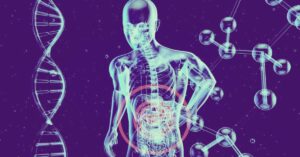

Getting Help for Your Digestive Health
Digestive health is crucial to your overall health. If your digestive system is not healthy your immune system, skin, and mental health can suffer.


How can Neural Therapy help me?
The use of Neural Therapy is virtually unlimited in clinical practice. It is safe and can be utilized for anything


